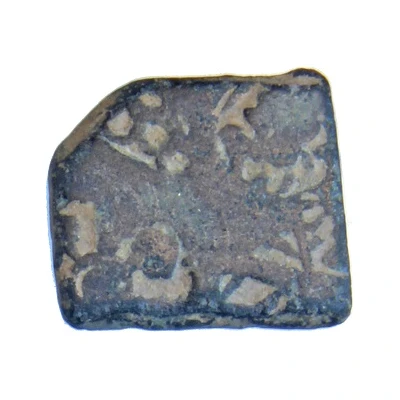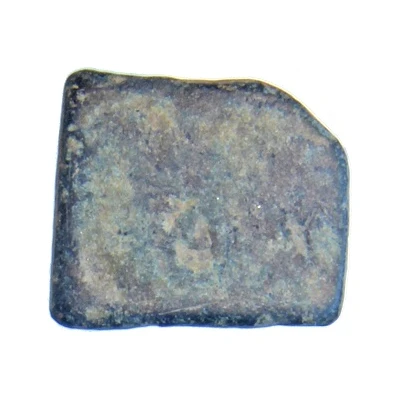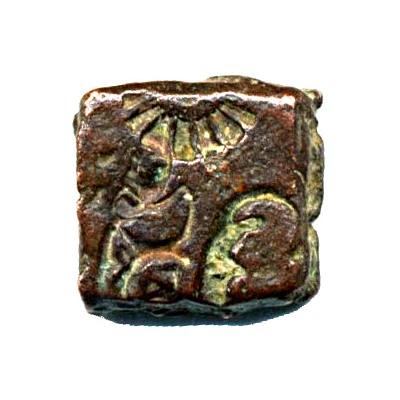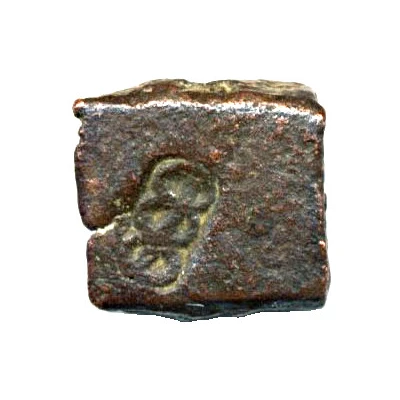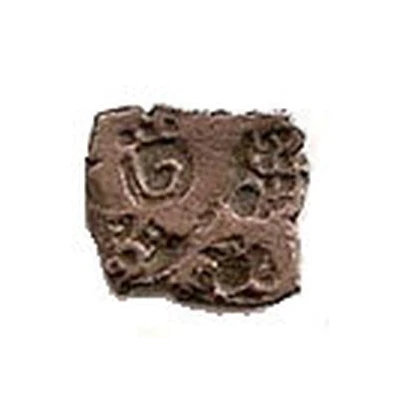
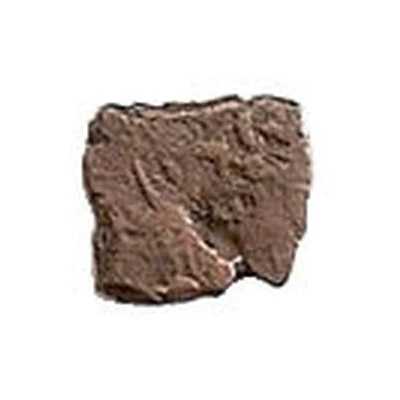

© bijiteshdutta
India- Ancient 340 BC - 181 BC
| Copper | - | - |
| Issuer | Mauryan Empire (India (ancient)) |
|---|---|
| Type | Standard circulation coin |
| Years | 340 BC - 181 BC |
| Currency | Karshapana (322 BC to 185 BC) |
| Composition | Copper |
| Shape | Irregular |
| Demonetized | Yes |
| Updated | 2024-10-10 |
| Numista | N#33556 |
|---|---|
| Rarity index | 78% |
Comment
Maurya Empire of Indiac. 340 to 181 BC
First glimpses of emerging Chandragupta Maurya (c.340 - 297 BCE) comes from the greek biographer Plutarch's (c.46-120 CE) writings. In his biography of Alexander III, he mentioned that a man named Sandrokottos (probably name got mangled when translated into Greek) met Alexander in Taxila who would later ascend to Magadha throne. Chandragupta Maurya appears again as Sandrokottos (alternative greek spelling Sandrakoptos) in Greek historian Megasthenes' (c.340 - 282 BCE) four part treatise Indica about India's agriculture, culture, history and religion. Megasthenes was sent to the court of King Chandragupta Maurya as an ambassador by hellenistic King Seleucus I Nicator after a peace treaty was signed between them and sealed with a marriage alliance of Seleucus' daughter and Chandragupta's son.
Chandragupta ascended to power around 321 BCE after overthrowing the unpopular Nanda King of Magadha with the help of Chanukya. Chanukya became his prime minister. Thus, Chandragupta Maurya started first Indian dynasty that ruled for next two hundred years. At its peak, Mauryan dynasty ruled most of the indian subcontinent except the extreme southern part.
King Chandragupta's Prime Minister Chanukya (also known as Kautilya) was credited with writing a treatise in Sanskrit on state craft and monetary policy of a kingdom known as Arthasastra. It is from this treatise, the existence, denominations and standards of the Mauryan coins was known. Mauryan coins were similar to the punch mark silver coins of Early Kingdoms. But, Muaryan coins differed from others by having five punches and always including a sun symbol in those punches. Mauryan Empire also introduced for the first time in India square shaped copper coins with punch marks.King Chandragupta's Prime Minister Chanukya (also known as Kautilya) was credited with writing a treatise in Sanskrit on state craft and monetary policy of a kingdom known as Arthasastra. It is from this treatise, the existence, denominations and standards of the Mauryan coins was known. Mauryan coins were similar to the punch mark silver coins of Early Kingdoms. But, Muaryan coins differed from others by having five punches and always including a sun symbol in those punches. Mauryan Empire also introduced for the first time in India square shaped copper coins with punch marks.
To the ancient Indians , a coin was not a piece of inanimate metal with an official stamp, but a form(rupa) pulsating with symbols, names of kings, gods and goddesses potraying wealth and prosperity. Each dynasty and even each king contributed his own inovation to the coinage resulting in a bewildering variety of Indian coins. The Kings chose such symbols, forms of gods and goddesses and legends which were a part of , social consciousness that the users of the coins could easily understand and appreciate.
Interesting fact
One interesting fact about this coin is that it features the image of Emperor Ashoka, who ruled the Mauryan Empire from 268 BC to 232 BC. Ashoka is known for spreading Buddhism throughout India and beyond, and his reign marked a period of significant cultural and religious development in the region. The coin's design, which includes Ashoka's image, reflects the importance of Buddhism during this time period.
